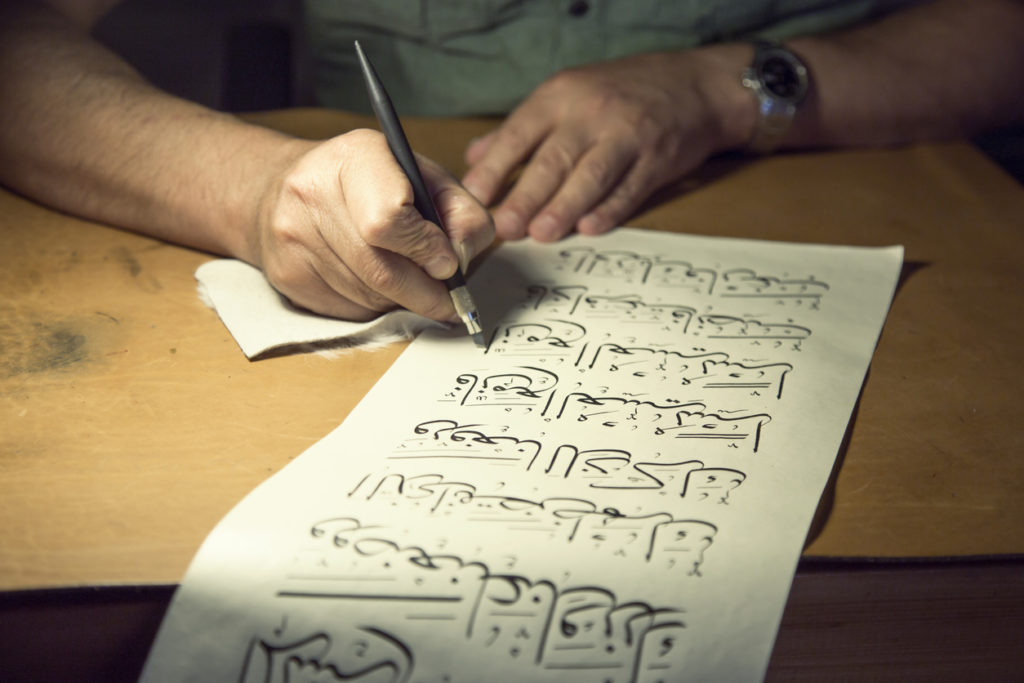السلام عليكم ورحمة الله,

One of the biggest points of confusion is when to write the letter alif in the form of ا and when to write it as ى. From Shaykh Ibn Uthaymeen’s قواعد في الإملاء (Rules for Writing), we will learn when it’s ا and when it’s ى.
The alif having no vowel on it and preceded by a fathah can fall:
- In the middle of the word (in this case it’s always written as ا)
- At the end of the word (here it can be written as ا or ى)
When alif is written as ا
There are five situations when it is written as ا at the end:
- The word is a harf, such as كَلّا and لَوْلا. Exceptions to this are بَلى – إلى – عَلى – حَتّى, as long as they don’t have the م used for questioning attached to them. Then you would write them as إلامَ – عَلامَ – حَتّامَ
- The word is mabni, such as the pronoun نا in قُمْنا (“we stood”) and the pointing pronoun ذا (“this”). Excluded from this are:
- أنَّى
- مَتَى
- the pointing pronoun أولى (which also comes as أولاء)
- the relative pronoun الأُلى (like الَّذِيْنَ, a plural form of الَّذِي)
- لَدَى
- The word is a non-Arab word (e.g. أمْرِيْكا), with exceptions ending with ى:
- مُوْسى
- عِيْسى
- كِسْرى
- بُخارَى
- مَتَّى
- The word is ثُلاثِيّ (has a tri-literal root) and the alif was originally a و, as in دَعا (“he called”) and العَصا (“the stick”). Both of these have و as their third root letter
- The alif has a ي before it, as in دُنْيا and سَجايا. Excluded from this are proper names, so يَحْيَى is written with the ى
When alif is written as ى
There are three situations when it is written as ى at the end:
[Read more…] about Rules for writing alif